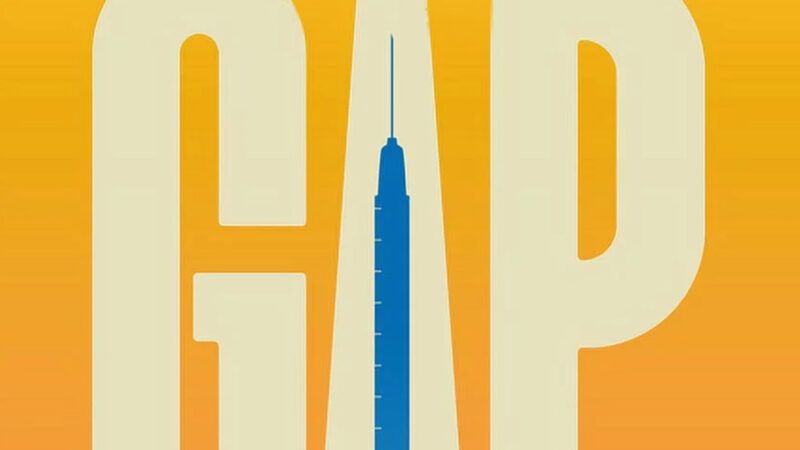Review: A Drug Reformer Makes the Case for Harm Reduction
The Harm Reduction Gap argues for individual autonomy and meeting drug users where they're at.

Sheila Vakharia, who now works for the Drug Policy Alliance, began her career as a clinical social worker at a conventional addiction treatment center, where she soon became disenchanted. "Few of my clients attended treatment voluntarily, most did not think they had a drug problem, and most never completed the program," she recalls in her new book The Harm Reduction Gap, "because they could not maintain abstinence and comply with our tight structure," which included regular urine testing that she was required to supervise, much to her dismay.
Vakharia's next job, at a program that provided sterile injection equipment to drug users, opened her eyes to a different approach. "Harm reduction" rejects a black-and-white choice between abstinence and addiction, recognizing that different patterns of drug use entail different levels and kinds of risk. It accepts that people will continue to use psychoactive substances, as humans always have, and strives to minimize the negative consequences. Crucially, it acknowledges that efforts to prevent substance abuse can cause their own distinct types of harm, which it seeks to reduce as well.
In addition to needle exchanges, harm reduction includes mutual aid groups, accurate information about drug-related hazards, and distribution of test strips to detect fentanyl and naloxone to reverse opioid overdoses. The approach also includes overdose prevention centers, where people can use drugs in a safe, medically supervised setting, and policy changes such as decriminalization of drug use and, to address the unpredictable dangers of black-market products, legalization of the drug supply.
What unites these efforts, Vakharia argues, is a respect for individual autonomy and a willingness to meet people where they are, which does not necessarily correspond with the "drug-free society" of prohibitionists' dreams.
Show Comments (5)